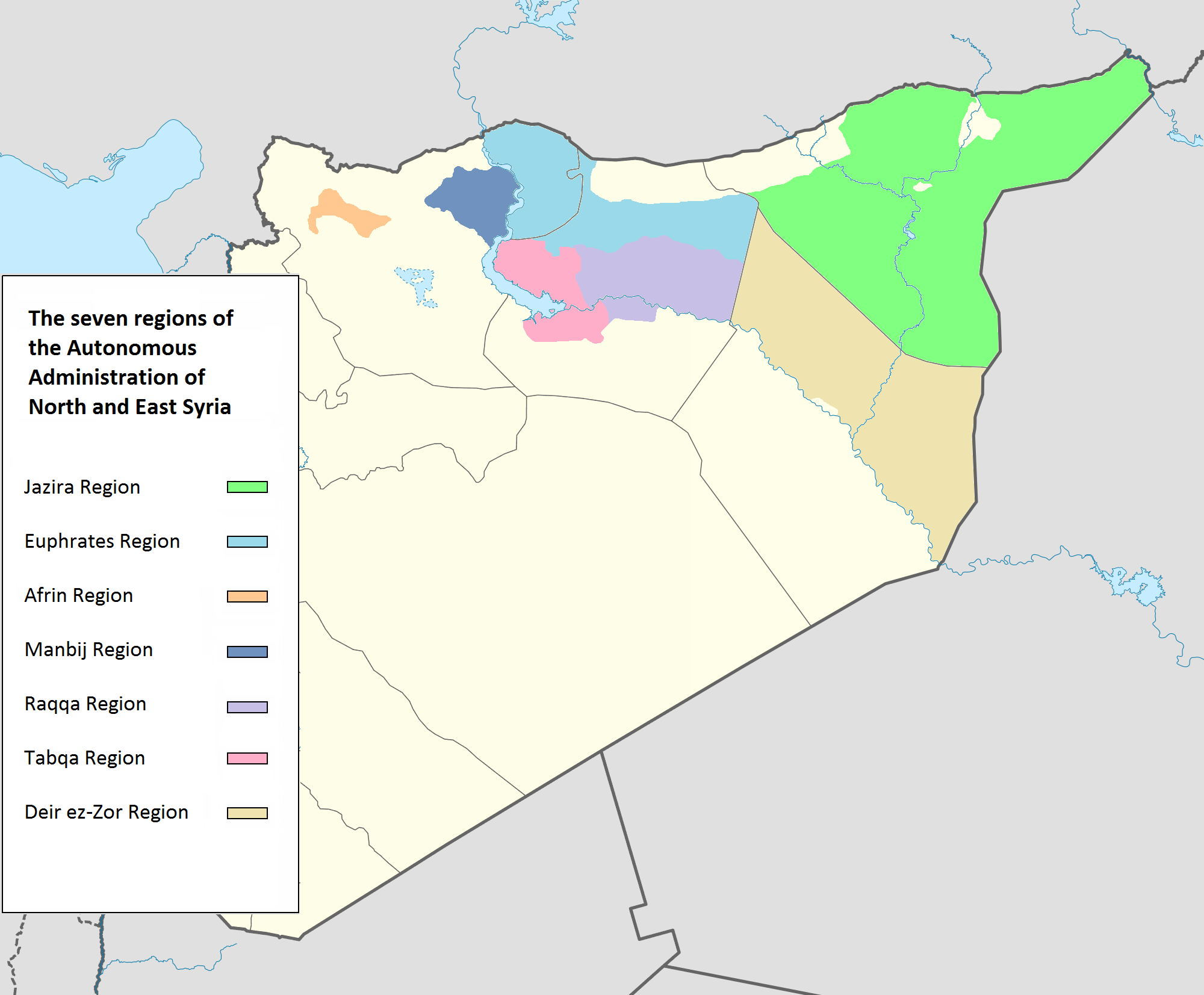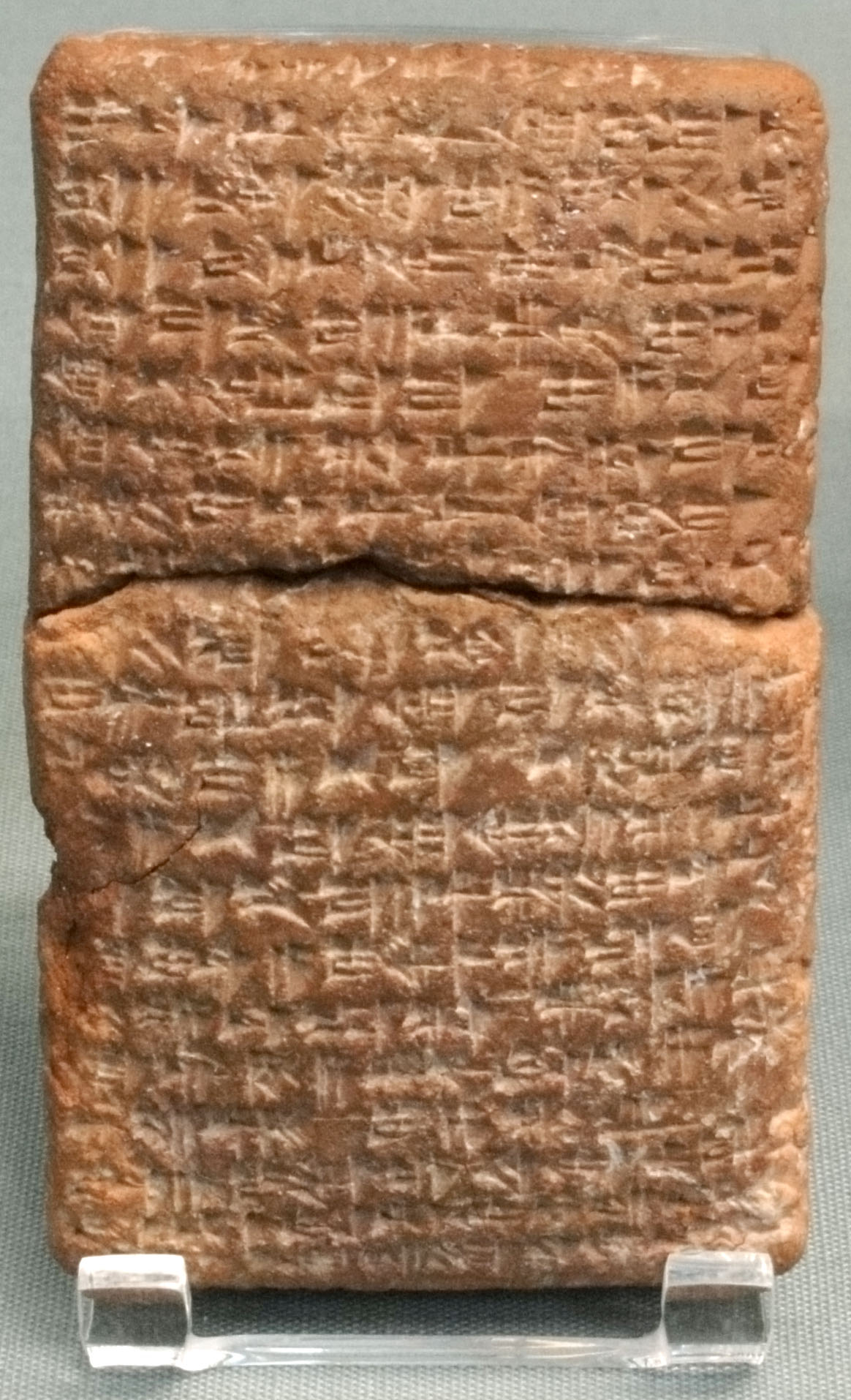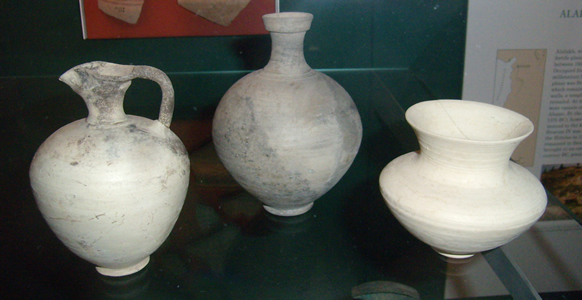|
Kizzuwatna
Kizzuwatna (or Kizzuwadna; in Ancient Egyptian ''Kode'' or ''Qode'') was an ancient Anatolian kingdom, attested in written sources from the end of the 16th century BC onwards, but though its origins are still obscure, the Middle Bronze Age in Cilicia (ca. 2000–1550 BC) can be seen as its possible formative period. Kisuwatna was situated mostly in the Cilician Plain of southeastern Anatolia, near the Gulf of İskenderun, in modern-day Turkey. The Central Taurus Mountains and the Amanus Mountains encircled it. The centre of the kingdom was the city of Kummanni, in the highlands. Etymology The name is said to be a Luwic transliteration (''kez-watni'') of the nešili ''kez-udne'', meaning "a country on this side (of the mountains)."Yakubovich, Ilya. (2010). ''Sociolinguistics of the Luvian Language''. A Dissertation Submitted to the Faculty of the Division of the Humanities In Candidacy For the Degree of Doctor of Philosophy. Department of Near Eastern Languages and Civiliz ... [...More Info...] [...Related Items...] OR: [Wikipedia] [Google] [Baidu] |
Çukurova
Çukurova (), or the Cilician Plain (''Cilicia Pedias'' in antiquity), is a large fertile plain in the Cilicia region of southern Anatolia. The plain covers the easternmost areas of Mersin Province, southern and central Adana Province, western Osmaniye Province and northwestern Hatay Province. Etymology ''Çukurova'' is a compound (linguistics), compound of the Turkish language, Turkish words "hollow, Depression (geology), depression" and "plains". The oldest recorded use of the name in Turkish can be traced back to Aşıkpaşazade's late 15th century work '. History The region's recorded history dates back over 6,000 years. During the Bronze Age, the region was known as Kizzuwatna. As an area located between the native Hurrians, Hurrian lands of Southeastern Anatolia Region, Southeastern Anatolia and the native Luwians, Luwian lands of the Mediterranean Region, Turkey, Mediterranean coast of Anatolia, it was a mixed Luwian-Hurrian region. Hence, these two indigenous langua ... [...More Info...] [...Related Items...] OR: [Wikipedia] [Google] [Baidu] |
Mittani
Mitanni (–1260 BC), earlier called Ḫabigalbat in old Babylonian texts, ; Hanigalbat or Hani-Rabbat in Assyrian records, or in Egyptian texts, was a Hurrian-speaking state in northern Syria and southeast Anatolia (modern-day Turkey) with Indo-Aryan linguistic and political influences. Since no histories, royal annals or chronicles have yet been found in its excavated sites, knowledge about Mitanni is sparse compared to the other powers in the area, and dependent on what its neighbours commented in their texts. The Hurrians were in the region as of the late 3rd millennium BC. A king of Urkesh with a Hurrian name, Tupkish, was found on a clay sealing dated at Tell Mozan.Salvini, Mirjo. "The earliest evidences of the Hurrians before the formation of the reign of Mittanni." Urkesh and the Hurrians Studies in Honor of Lloyd Cotsen. Urkesh/Mozan Studies Bibliotheca Mesopotamica. Malibu: Undena Publications (1998): 99-115 The first recorded inscription of their language was of ... [...More Info...] [...Related Items...] OR: [Wikipedia] [Google] [Baidu] |
Hittites
The Hittites () were an Anatolian peoples, Anatolian Proto-Indo-Europeans, Indo-European people who formed one of the first major civilizations of the Bronze Age in West Asia. Possibly originating from beyond the Black Sea, they settled in modern-day Turkey in the early 2nd millennium BC. The Hittites formed a series of Polity, polities in north-central Anatolia, including the kingdom of Kussara (before 1750 BC), the Kültepe, Kanesh or Nesha Kingdom (–1650 BC), and an empire centered on their capital, Hattusa (around 1650 BC). Known in modern times as the Hittite Empire, it reached its peak during the mid-14th century BC under Šuppiluliuma I, when it encompassed most of Anatolia and parts of the northern Levant and Upper Mesopotamia, bordering the rival empires of the Hurri-Mitanni and Assyrians. Between the 15th and 13th centuries BC, the Hittites were one of the dominant powers of the Near East, coming into conflict with the New Kingdom of Egypt, the Middle Assyrian Empi ... [...More Info...] [...Related Items...] OR: [Wikipedia] [Google] [Baidu] |
Luwians
The Luwians (also known as Luvians) were an ancient people in Anatolia who spoke the Luwian language. During the Bronze Age, Luwians formed part of the population of the Hittite Empire and adjoining states such as Kizzuwatna. During the Hittite New Kingdom, Luwian replaced Hittite as the empire's dominant language. In the early Iron Age, a number of Luwian-speaking Neo-Hittite states arose in northern Syria. The Luwians are known largely from their language, and it is unclear to what extent they formed a unified cultural or political group. Etymology "Luwian" is an exonym first used by the Hittites as an "ethno-linguistic term referring to the area where Luwian was spoken" in Bronze Age Anatolia. It has been suggested that the name is a foreign ethnic designation ( Assyrian) borrowed from another foreign ethnic designation ( Hurrian) - ''nuwā-um''. An alternate derivation is ascribed to the Luwian ''lūwa'' meaning "plain."Yakubovich, Ilya. (2010). ''Sociolinguistics of the ... [...More Info...] [...Related Items...] OR: [Wikipedia] [Google] [Baidu] |
Hurrians
The Hurrians (; ; also called Hari, Khurrites, Hourri, Churri, Hurri) were a people who inhabited the Ancient Near East during the Bronze Age. They spoke the Hurrian language, and lived throughout northern Syria, upper Mesopotamia and southeastern Anatolia. The Hurrians were first documented in the city of Urkesh, where they built their first kingdom. Their largest and most influential Hurrian kingdom was Mitanni. The population of the Hittite Empire in Anatolia included a large population of Hurrians, and there is significant Hurrian influence in Hittite mythology. By the Early Iron Age, the Hurrians had been assimilated with other peoples. The state of Urartu later covered some of the same area. A related people to the Hurrians are the Urarteans. History Early Bronze Age The Khabur River valley became the heart of the Hurrian lands for a millennium. The first known Hurrian kingdom emerged around the city of Urkesh (modern Tell Mozan) during the third millennium BC. There ... [...More Info...] [...Related Items...] OR: [Wikipedia] [Google] [Baidu] |
Cilicia
Cilicia () is a geographical region in southern Anatolia, extending inland from the northeastern coasts of the Mediterranean Sea. Cilicia has a population ranging over six million, concentrated mostly at the Cilician plain (). The region includes the provinces of Mersin, Adana, Osmaniye and Hatay. Name The name of Cilicia () was derived from (), which was the name used by the Neo-Assyrian Empire to designate the western part of what would become Cilicia. The English spelling is the same as the Latin, as it was transliterated directly from the Greek form Κιλικία. The palatalization of c occurring in Western Europe in later Vulgar Latin () accounts for its modern pronunciation in English. Geography Cilicia extends along the Mediterranean coast east from Pamphylia to the Nur Mountains, which separate it from Syria. North and east of Cilicia stand the rugged Taurus Mountains, which separate it from the high central plateau of Anatolia, and which are pierced by a ... [...More Info...] [...Related Items...] OR: [Wikipedia] [Google] [Baidu] |
Luwian Language
Luwian (), sometimes known as Luvian or Luish, is an ancient language, or group of languages, within the Anatolian branch of the Indo-European language family. The ethnonym Luwian comes from ''Luwiya'' (also spelled ''Luwia'' or ''Luvia'') – the name of the region in which the Luwians lived. Luwiya is attested, for example, in the Hittite laws. The two varieties of Luwian are known after the scripts in which they were written: Cuneiform Luwian (''CLuwian'') and Hieroglyphic Luwian (''HLuwian''). There is no consensus as to whether these were a single language or two closely related languages. Classification Several other Anatolian languages – particularly Carian, Lycian, and Milyan (also known as Lycian B or Lycian II) – are now usually identified as related to Luwian – and as mutually connected more closely than other constituents of the Anatolian branch.Anna Bauer, 2014, ''Morphosyntax of the Noun Phrase in Hieroglyphic Luwian'', Leiden, Brill NV, pp. 9–10. Th ... [...More Info...] [...Related Items...] OR: [Wikipedia] [Google] [Baidu] |
Kummanni
Kummanni was the name of the main center of the Anatolian kingdom of Kizzuwatna. Its location is uncertain, but it may have been near the classical settlement of Comana, Cappadocia, Comana in Cappadocia. Recent research also proposed as a location Sirkeli Höyük in Plain Cilicia.''Forlanini, M. 2013: How to infer Ancient Roads and Intineraries from heterogenous Hittite Texts: The Case of the Cilician (Kizzuwatnean) Road System, KASKAL 10, 1–34.'' Since then, some additional evidence has been discussed indicating that Kummanni was located in Cilicia at Sirkeli Höyük. (The distance between Comana and Cilicia is not that great.) Kummanni was the major cult center of the Hurrian mythology, Hurrian chief deity, Tešup. Its Hurrian name Kummeni simply translates as "The Shrine." The city persisted into the Early Iron Age, and appears as Kisuatni in Neo-Assyrian Empire, Assyrian records. It was located in the east of Que, the successor of Kizzuwatna. The town should not be confused ... [...More Info...] [...Related Items...] OR: [Wikipedia] [Google] [Baidu] |
Išputahšu
Isputahsu (also transliterated as Išputaḫšu) was a king of Kizzuwatna, probably during the late 16th century BC (middle chronology). He signed a treaty of alliance with the Hittite king Telepinu. Family His father was Pariyawatri, who maybe was not a king. The name of Isputahsu is Hittite and not Luwian. Reign The first king of free Cilicia, Isputahsu was recorded as a "great king" in both cuneiform and Hittite hieroglyphs. A treaty between Ishputahshu and Telepinu Telipinu was the last king of the Hittites Old Kingdom, reigning in middle chronology. At the beginning of his reign, the Hittite Empire had contracted to its core territories, having long since lost all of its conquests, made in the former era ... is recorded in both Hittite and Akkadian. Sources {{Reflist Kings of Kizzuwatna 16th-century BC monarchs ... [...More Info...] [...Related Items...] OR: [Wikipedia] [Google] [Baidu] |
Anatolia
Anatolia (), also known as Asia Minor, is a peninsula in West Asia that makes up the majority of the land area of Turkey. It is the westernmost protrusion of Asia and is geographically bounded by the Mediterranean Sea to the south, the Aegean Sea to the west, the Turkish Straits to the northwest, and the Black Sea to the north. The eastern and southeastern limits have been expanded either to the entirety of Asiatic Turkey or to an imprecise line from the Black Sea to the Gulf of Alexandretta. Topographically, the Sea of Marmara connects the Black Sea with the Aegean Sea through the Bosporus and the Dardanelles, and separates Anatolia from Thrace in Southeast Europe. During the Neolithic, Anatolia was an early centre for the development of farming after it originated in the adjacent Fertile Crescent. Beginning around 9,000 years ago, there was a major migration of Anatolian Neolithic Farmers into Neolithic Europe, Europe, with their descendants coming to dominate the continent a ... [...More Info...] [...Related Items...] OR: [Wikipedia] [Google] [Baidu] |
Alalakh
Alalakh (''Tell Atchana''; Hittite: Alalaḫ) is an ancient archaeological site approximately northeast of Antakya (historic Antioch) in what is now Turkey's Hatay Province. It flourished as an urban settlement in the Middle and Late Bronze Age, c. 2000–1200 BC. The city contained palaces, temples, private houses and fortifications. The remains of Alalakh have formed an extensive mound covering around 22 hectares. In the Late Bronze Age, Alalakh was the capital of the local kingdom of Mukiš. The first palace was built around 2000 BC, and likely destroyed in the 12th century BC. The site was thought to have never been reoccupied after that, but archaeologist Timothy Harrison showed, in a (2022) lecture's graphic, it was inhabited also in Amuq Phases N-O, Iron Age, c. 1200–600 BC.Harrison, Timothy, Lynn Welton, and Stanley Klassen, (13 July 2022)"Highway to Science: The Tayinat and CRANE Projects" ARWA Association, Lecture min. 6:58, n the graphic "Iron Age, Ca. 1200-600 BCE ... [...More Info...] [...Related Items...] OR: [Wikipedia] [Google] [Baidu] |








